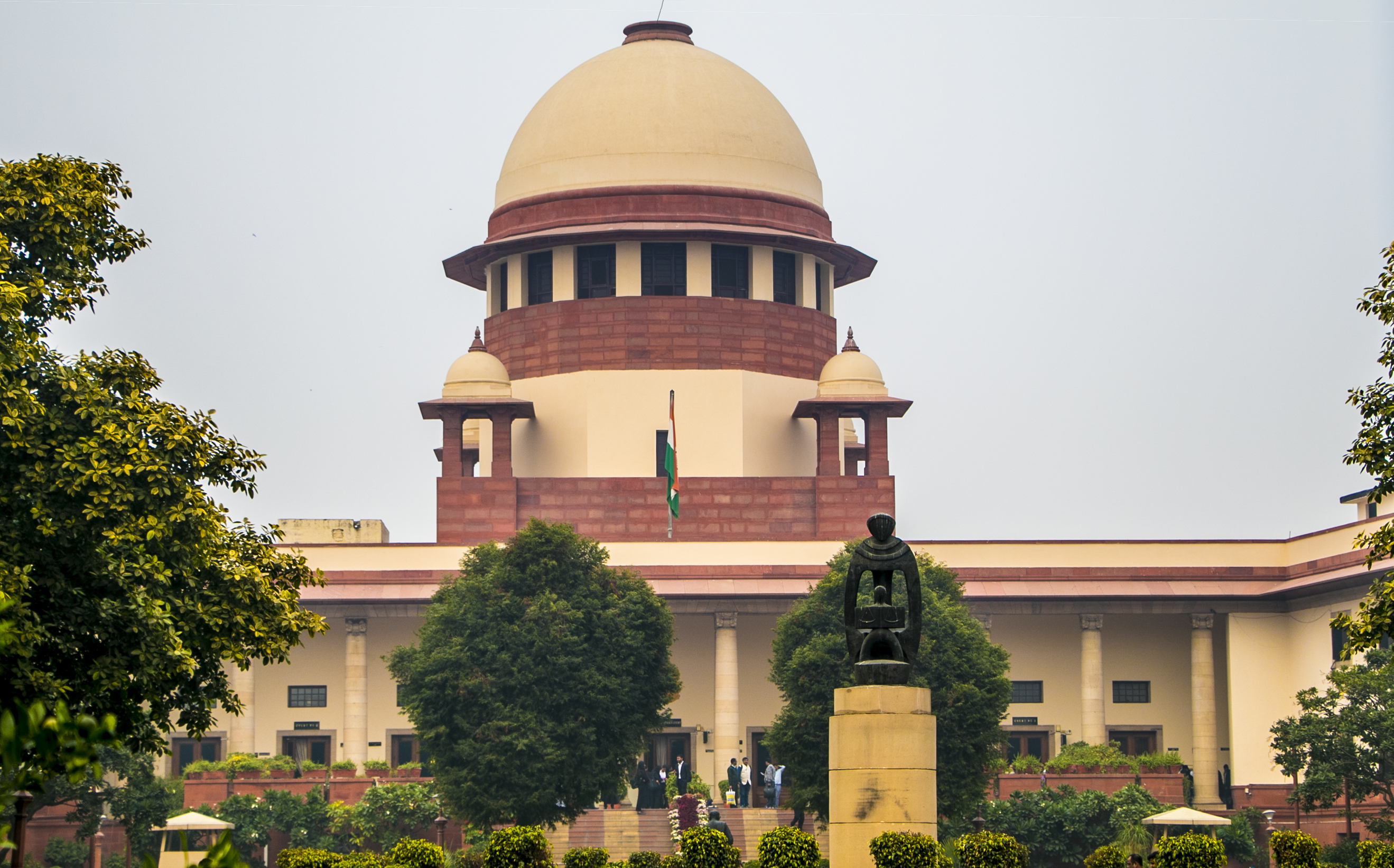In ITA 303 /2023 -DEL HC- Delhi High Court affirms ‘Subsidy’ received by ‘Nestle India’ as ‘Capital Receipt’ for establishing industrial unit in backward area
Justice Rajiv Shakdher & Justice Girish Kathpalia [04-07-2023]

Read Order: Principal Commissioner of Income Tax, Delhi V. Nestle India Ltd
Chahat Varma
New Delhi, July 14, 2023: The Delhi High Court has dismissed the appeal filed by the Revenue, affirming that the subsidy received by Nestle India Ltd. (assessee) from the Government of Goa, was a capital receipt.
In the matter at hand, the assessee filed a Return of Income (ROI), reporting a total income of Rs. 728,92,72,770. The ROI underwent scrutiny assessment, resulting in an assessed income of Rs. 798,95,13,887. This assessment included disallowances for various items, such as license fee, expenses incurred to earn exempt dividend income under Section 14A of the Income Tax Act, depreciation claimed on UPS, depreciation on energy saving and pollution control devices, and subsidy received from the Government of Goa. The assessee appealed to the Commissioner of Income Tax (Appeals) [CIT(A)] challenging these disallowances. The CIT(A) partially allowed the appeal. In regard to the subsidy received from the Government of Goa, amounting to Rs. 25,00,000, the CIT(A) acknowledged it was a capital receipt and ordered a proportionate reduction of the subsidy from the block of assets. The CIT(A) treated the subsidy as an incentive received for purchasing assets. The Tribunal concurred with the CIT(A) that the subsidy was indeed a capital receipt, but, ruled that it should not be adjusted against the block of assets. This was because the subsidy was not a sum paid to the assessee to meet, directly or indirectly, any part of the actual cost of the assets in question.
The division bench of Justice Rajiv Shakdher and Justice Girish Kathpalia upheld the decisions of the Tribunal and CIT(A), stating that the subsidy was given as an incentive to establish an industrial unit in a backward area and generated employment for local inhabitants. Consequently, the bench agreed that the subsidy was indeed a capital receipt.
Given that the subsidy was not intended to cover any part of the cost of the assets, the bench ruled that no adjustment should have been made as directed by the CIT(A). The Tribunal's conclusion on this matter was considered correct by the division bench.
Sign up for our weekly newsletter to stay up to date on our product, events featured blog, special offer and all of the exciting things that take place here at Legitquest.




Add a Comment